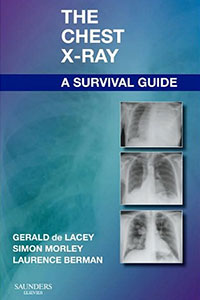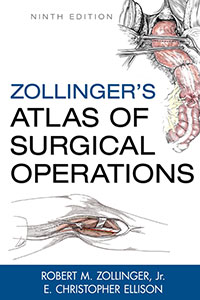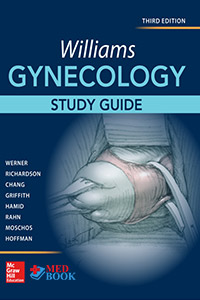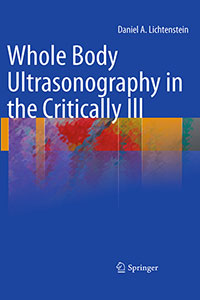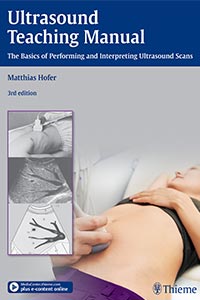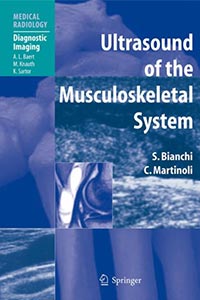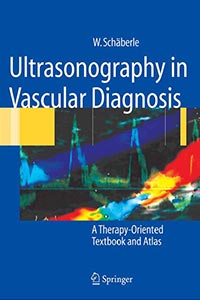GIỚI THIỆU
Featuring a practical, clinical approach – and written in a quick-access style – this portable, economical reference helps you build a strong foundation in chest x-ray interpretation. Three radiologists with years of clinical and teaching experience present fundamental principles and key anatomical concepts…walk you through examples of classic chest x-ray features that provide subtle evidence of abnormality…and explore a variety of problems and dilemmas common to everyday clinical practice. High-quality drawings and digital chest x-rays – combined with secrets from the radiologists’ toolbox, helpful differential diagnoses, handy checklists, and key references – deliver all the assistance you need to enhance your interpretation skills.
SÁCH: Chest X-rays for Medical Students
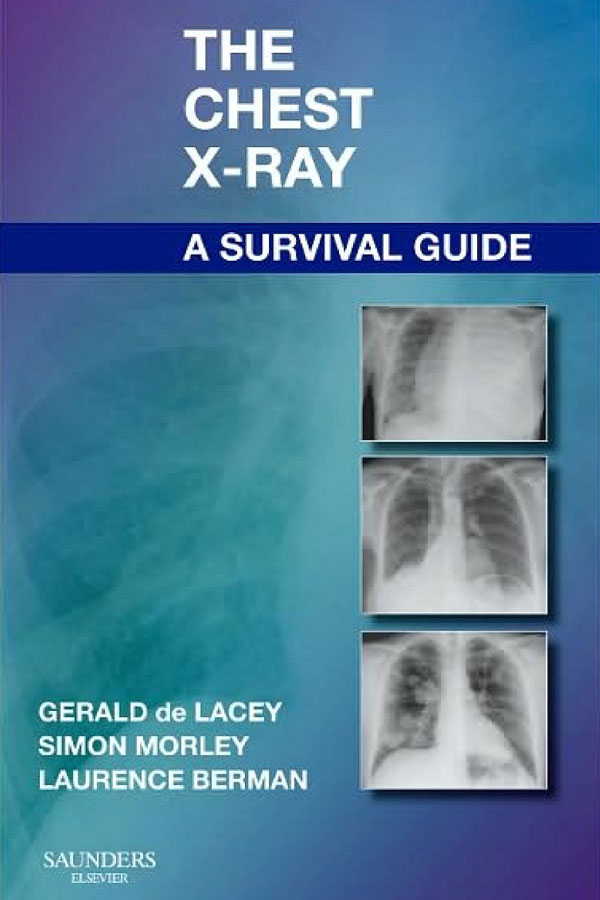
ĐÁNH GIÁ
This small inexpensive paperback is intended to be a convenient and informative, white coat pocket guide. It fulfils this aim admirably and I much enjoyed reading it. The book derives from the radiology “Red Dot teaching course. I am certainly going to recommend this book for personal purchase by those of our trainee radiologists who are unable to attend the course, and I will frequently refer to my own review copy when teaching plain film chest radiographic interpretation.
— Rad Magazine Review, January 2009
The radiology trainee faced with the task of independently reporting chest radiographs will find this book invaluable. It is an eminently readable volume serving both as a comprehensive introduction to, and a handy pocket sized reference on radiology investigation.
— The Royal College of Radiologists, 2008

